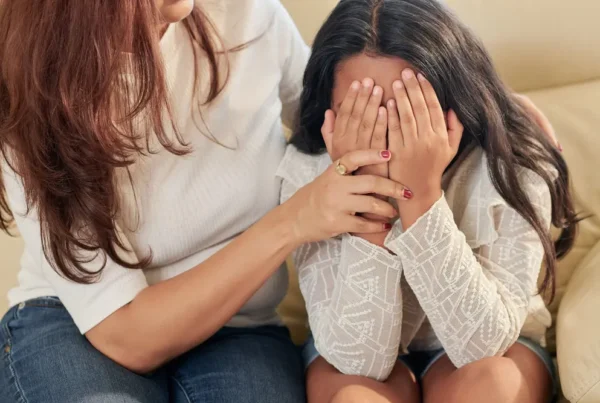In the busy rhythm of family life and school routines, adults often focus on managing behavior through rewards or consequences. While these strategies can play a role, they can also distract us from a deeper truth. Every behavior is a form of communication. When a child or teenager acts out, withdraws, argues, shuts down, or seeks constant reassurance, they are not simply misbehaving. They are expressing something that they may not yet have the skills or language to say directly.
Research in child development continues to highlight this idea. For example, the work of Dr Ross Greene and the Collaborative and Proactive Solutions model reminds us that young people usually do well when they are able to. In other words, challenging behavior often reflects stress, lagging emotional skills, or unmet needs rather than intentional defiance. Studies in developmental neuroscience also show that the parts of the brain responsible for emotional regulation and complex communication are still developing throughout childhood and adolescence. When feelings rise faster than words, behavior becomes the primary way to express what is happening inside.
Imagine a teenager who returns from school and isolates in their room. Instead of assuming disrespect or avoidance, consider whether they might be overwhelmed by social pressure or academic fear. A younger child who refuses to start homework might not be resisting authority at all. They might be anxious, confused about the material, or worried about failing. A student who interrupts in class might be craving connection, struggling with impulsivity, or dealing with sensory overload.
When adults interpret behavior only at the surface level, we miss the emotional message underneath. This can unintentionally reinforce frustration and disconnection. When we pause and ask ourselves what the behavior might be trying to reveal, we create room for understanding, empathy, and healing. Curiosity invites deeper conversation. It also allows us to respond in ways that support growth rather than escalate distress.
Our own actions and emotional states also influence the behaviors we see. Children and teens are sensitive observers. They notice our tone, our stress levels, and the way we react in difficult moments. If we respond with calm curiosity instead of immediate control, we create safety. If we can model emotional regulation, we give them a roadmap for their own development.
At Therapy with Bright Minds, this is the heart of the work we do. Our team supports children, teens, and families as they uncover the needs beneath behavior and learn healthier and more effective ways to communicate. Through evidence based approaches, supportive relationships, and a warm and understanding environment, we help families find new patterns of connection and emotional growth.
If your family is struggling with challenging behavior, Therapy with Bright Minds is here to help. Together we can explore what the behavior is communicating and build pathways toward understanding, healing, and lasting well being.



